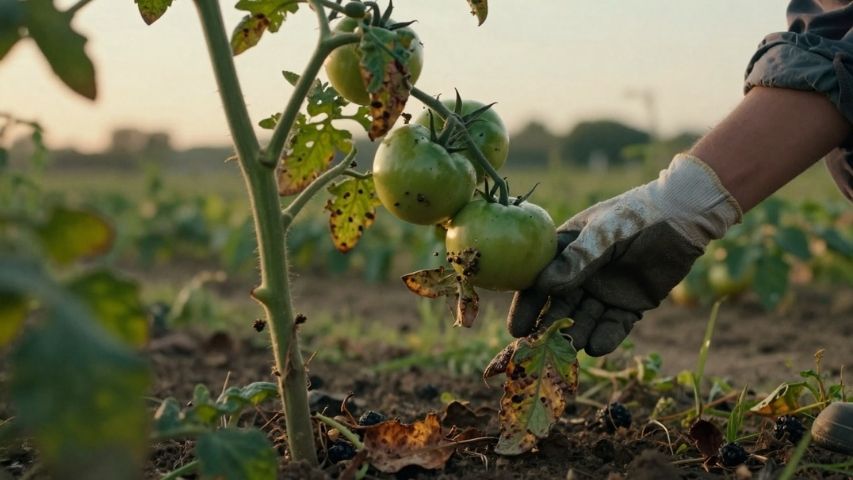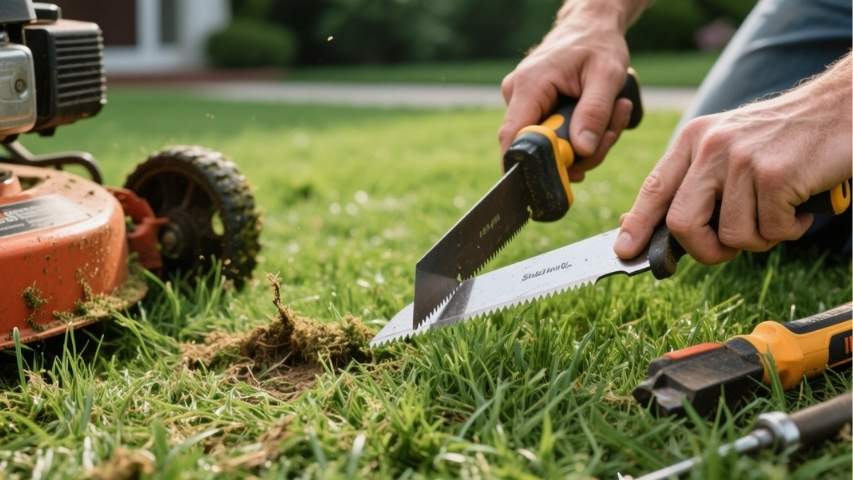Siberian wallflowers (Erysimum cheiri) are vibrant, resilient, and delightfully fragrant plants that have captured the hearts of gardeners around the world. Despite their name, these stunning biennials or short-lived perennials boast an array of striking colors beyond the classic golden yellow, making them a showstopper in any garden setting.
Perhaps you’ve stumbled upon their unmistakable blooms and wondered how to incorporate them into your own garden. Or maybe you’ve heard whispers of their appeal as pollinator favorites. Whatever your level of familiarity, this guide will provide you with everything you need to know about Siberian wallflowers—from planting and care to their numerous benefits and interesting quirks.
What Makes Siberian Wallflowers Unique?
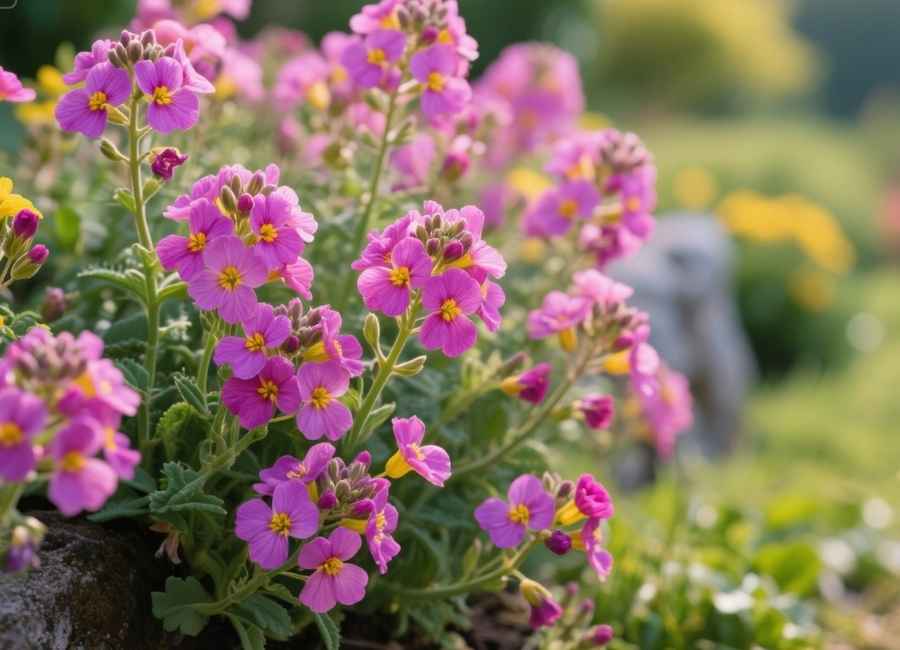
Originally native to Europe and Western Asia, Siberian wallflowers have earned their place in many gardens thanks to their dazzling flowers and ease of cultivation. Here are a few reasons why this plant should have a spot in your garden:
- Fragrant Appeal
The Siberian wallflower is known for its pleasant, sweet scent that intensifies in the cool dusk hours, making it a sensory delight for humans and pollinators alike.
- Pollinator Magnet
These flowers are a favorite among bees, butterflies, and other beneficial insects, which makes them an eco-friendly addition to gardens that need a biodiversity boost.
- Cold Resilience
True to its name, the Siberian wallflower thrives in cooler climates and demonstrates impressive frost tolerance compared to other garden plants.
- Varied Shades
Although initially recognized for its warm yellow-orange hues, cultivars of Siberian wallflowers come in purples, reds, and even creamy whites.
How to Grow and Care for Siberian Wallflowers
Whether you’re an experienced green thumb or a gardening novice, cultivating Siberian wallflowers is straightforward. They’re hardy, low-maintenance, and reliable bloomers when cared for properly. Here’s a step-by-step guide to help you get started:
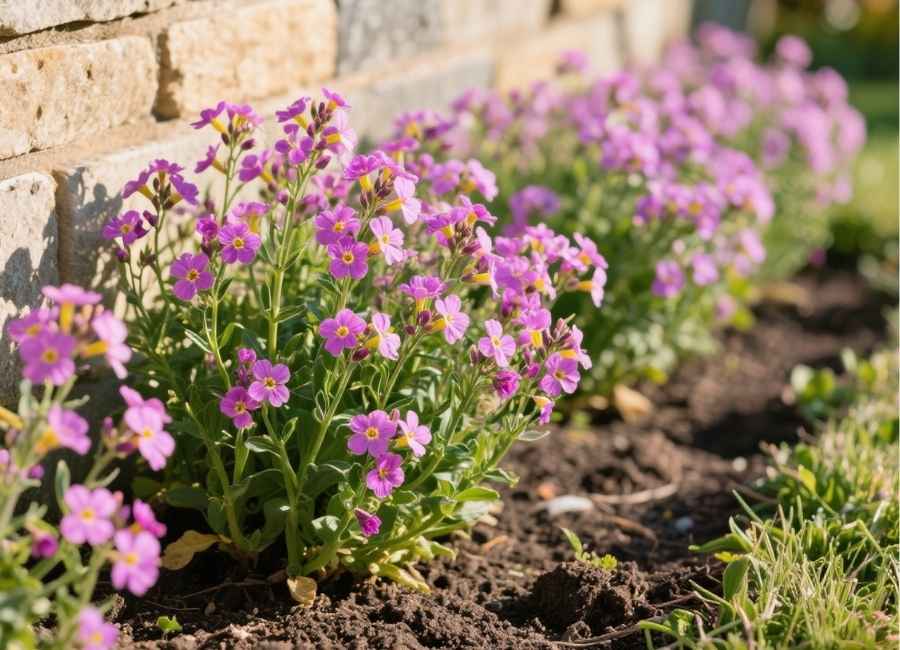
Choosing the Perfect Location
Siberian wallflowers thrive in sunny spots with well-draining soil. While they can tolerate partial shade, full sun ensures they grow vigorously and produce an abundance of blooms.
Soil Requirements
- Well-draining soil is key. They dislike waterlogged conditions, which can lead to root rot.
- A slightly alkaline pH works best, but they’re adaptable and can tolerate a range of soil types.
Temperature and Climate
True to their name, Siberian wallflowers are cold-hardy and perform well in USDA Hardiness Zones 3–8. If you’re in a particularly hot region, be sure to locate them where they’ll receive afternoon shade.
Planting Siberian Wallflowers
Siberian wallflowers can be planted either as seeds or young plants. Seed starting is more budget-friendly and adds to the gardening experience, but young plants will flower sooner.
Seed Sowing
- Direct-sow seeds in late summer or early fall so that the plants can establish themselves before winter.
- Sow seeds about 1/8 inch deep, with spacing of around 6–8 inches.
Transplanting Young Plants
- For transplants, plant them in early spring or fall, giving each plant sufficient room to spread and grow.
Watering and Fertilizing
These flowers require only moderate watering.
- Water deeply once a week, allowing the soil to dry out partially between waterings.
- Avoid overwatering, especially in areas with high rainfall.
Siberian wallflowers don’t require heavy fertilization. Adding a balanced, slow-release fertilizer during planting and periodically throughout the growing season is sufficient.
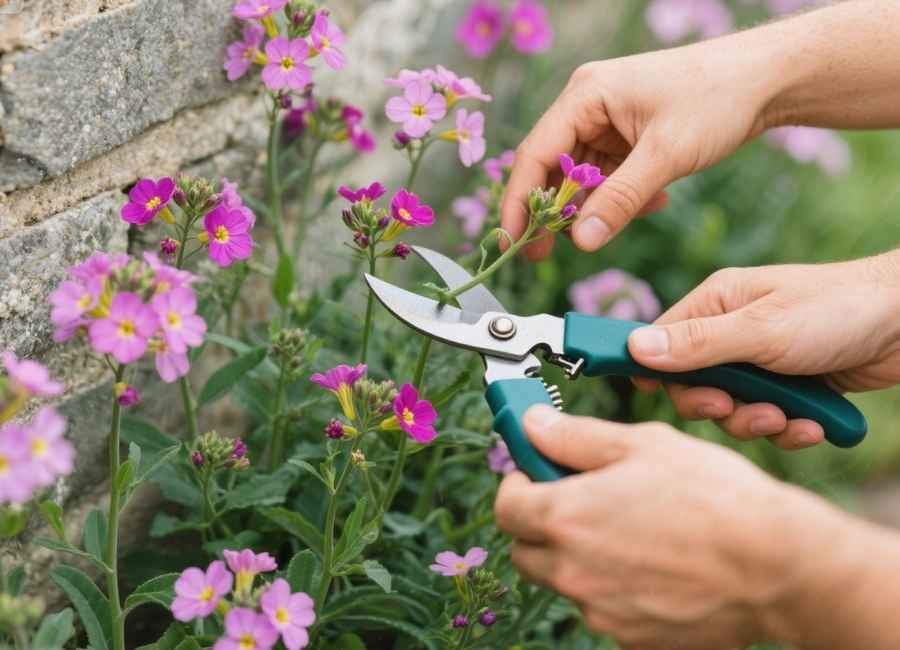
Pruning and Maintenance
Although Siberian wallflowers are low-maintenance, regular upkeep ensures their longevity and encourages repeat blooming.
- Deadhead spent flowers to prolong blooming and maintain a tidy appearance.
- At the end of the blooming season, cut back the foliage by about a third.
Pest and Disease Management
Generally speaking, Siberian wallflowers are resilient against most pests and diseases. However, here are some issues to watch out for:
- Aphids: These pests occasionally target wallflowers. A gentle spray of water or insecticidal soap can deter them.
- Powdery Mildew: Can occur in humid environments. Ensure proper spacing between plants to encourage airflow.
Top Benefits of Siberian Wallflowers for Your Garden
Siberian wallflowers are more than just a visual treat. Here are some reasons they’re a fantastic addition to your outdoor space:
Attract Pollinators
Every garden needs a reliable pollinator lure, and Siberian wallflowers excel at this job. They attract bees, butterflies, and hoverflies, helping cross-pollinate other plants in the area.
Low-Maintenance and Drought-Tolerant

Once established, Siberian wallflowers require minimal watering and thrive in dry soils, making them a sustainable option for gardeners looking to save on water usage.
Year-Round Appeal
While Siberian wallflowers bloom primarily in the spring and early summer, their foliage remains evergreen (in suitable climates), offering interest even when flowers aren’t in bloom.
Versatility in Garden Design
Siberian wallflowers are well-suited for various garden settings. Use them to:
- Border pathways
- Fill in rock gardens
- Add cheerful color to mixed flower beds
- Transition from early-spring bulbs to summer perennials
Common Misconceptions About Siberian Wallflowers
Despite their popularity, Siberian wallflowers are sometimes misunderstood. Here are a couple of myths debunked:
- Myth: They only bloom in Siberia.
- Truth: Siberian wallflowers are highly adaptable and will thrive in a range of climates outside of their namesake region.
- Myth: They’re challenging to grow.
- Truth: With proper site selection and a little TLC, Siberian wallflowers are one of the easiest ornamental plants to grow.
Where to Purchase Siberian Wallflower Seeds or Plants
Many local nurseries and online garden centers stock Siberian wallflowers. When purchasing, look for reputable sellers to ensure high-quality, healthy seeds or plants.
Recommended Online Retailers
- Burpee
- Park Seed
- Thompson & Morgan
Pro Tip
For a more eco-friendly option, consider sourcing seeds from local seed swaps or garden clubs.
Bring the Delight of Siberian Wallflowers to Your Garden
Now that you’re equipped with the knowledge to plant, care for, and appreciate Siberian wallflowers, there’s no excuse not to give them a try. These flowers promise a burst of beauty, fragrance, and ecological value that’s hard to match.
Why not start today? Whether you’re an experienced gardener or a beginner looking for a foolproof bloom to elevate your garden, Siberian wallflowers deserve a spot in your lineup.









